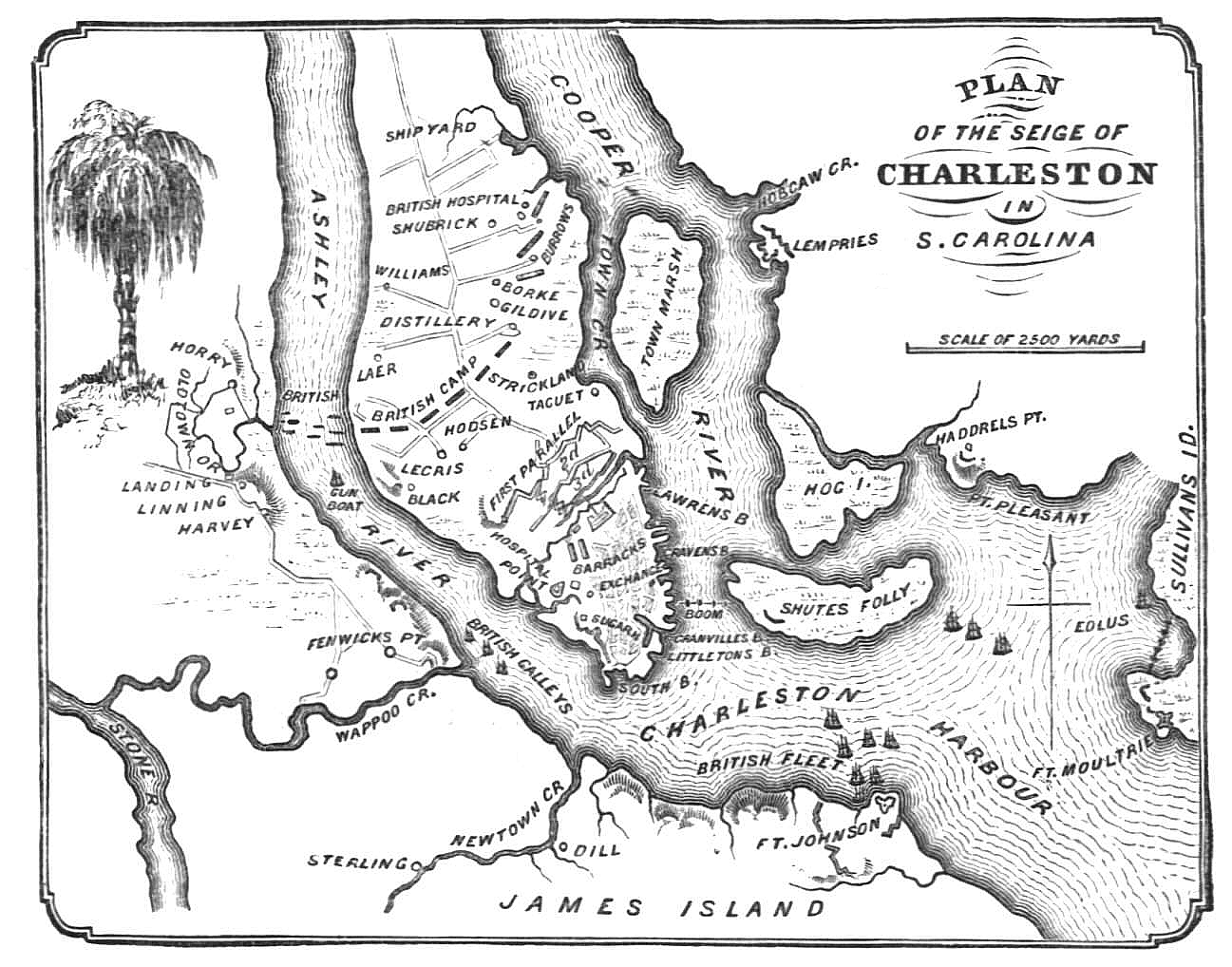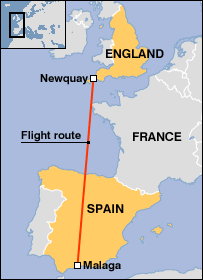
Stono Rebellion
Summary of Stono Rebellion
- Early on the morning of Sunday, September 9, 1739, 20 black slaves met in secret near the Stono River in South Carolina to plan their escape to freedom(3). Minutes later, they burst into Hutcheson's store at Stono's bridge, killed the two storekeepers, and stole the guns and powder inside.The group of slaves grew in number as they headed south. Stono's Rebellion, the largest slave uprising in the Colonies prior to the American Revolution, was under way.When the slave owners caught up with the rebels from the Stono River in 1739, they engaged the 60 to 100 slaves in a battle(4). More than 20 white Carolinians, and nearly twice as many black Carolinians, were killed. As a result, South Carolina's lawmakers enacted a harsher slave code. This new code severely limited the privileges of slaves. They were no longer allowed to grow their own food, assemble in groups, earn their own money or learn to read. Some of these restrictions were already in place, but they had not been strictly enforced.
Location of Conflict
The Stono Rebellion was an event that was started in South Carolina. The reason it is called Stono is because the river in South Carolina it took place near.(3.)
A.

Date of the Conlict
The Stono Rebellion started on Sepetember 9th, 1739(5). It was lead by native africans and was heading towards florida since the spanish set any slaves from british territory free(4).
B.

Leaders of the Conflict
Jemmy, the leader of the revolt, was a literate slave from the house of Cato(3). Jemmy may have been former soldiers as they marched south from the Stono River. They recruited nearly 60 other slaves and killed some whites before being intercepted and defeated by the South Carolina militia near the Edisto River(3).
c.

Groups brought in and Chronology
The Spanish brought themselves in as they tried to destablize British rule. The British slaves were the ones escaping and killing whites. Jemmy escaped with other slaves stole some supplies and weapons. Started making their way south and encountered some men that overtook them and stopped their run for freedom(5).
D.

Consequences and Contributions
In response to the rebellion, the South Carolina legislature passed the Negro Act of 1740 restricting slave assembly, education, and movement. They also told slave owners to be harsher, and stricter to their slaves(3).
E.

Picture Bibliography
A."Stono Rebellion: Summary, Facts, and Significance." Buzzle. Buzzle.com, 12 Feb. 2015. Web. 08 Oct. 2015.
B."News Spanish Flights for Cornwall." Bbc, n.d. Web.
C."Native American Slave Revolts." WordPress, n.d. Web.
D."Lossing's Field Book of the Revolution, Vol. II., Chapter XXI." Lossing's Field Book of the Revolution, Vol. II., Chapter XXI. N.p., n.d. Web. 08 Oct. 2015.
E. Franzetta, Dave. "Counsequences and Accountability." N.p., n.d. Web.
Websiting and Book Bibliography
1. -Brinkley, Alan. Unfinished Nation: A Concise History of the American People. S.l.: Mcgraw-Hill Education, 2015. Print
2.-Smith, Mark M. Stono. N.p.: n.p., n.d. Print.
3.- Orr, Jackie. "Teaching America History in S.C." N.p., n.d. Web. 05 Oct. 2015.
4."Stono Rebellion." N.p., n.d. Web. 05 Oct. 2015.
5."Stono Rebellion of 1739." Encyclopedia of African American Society (2005): n. pag. Web.